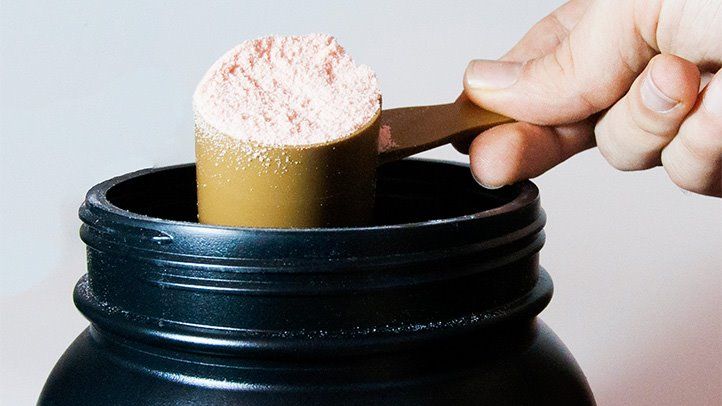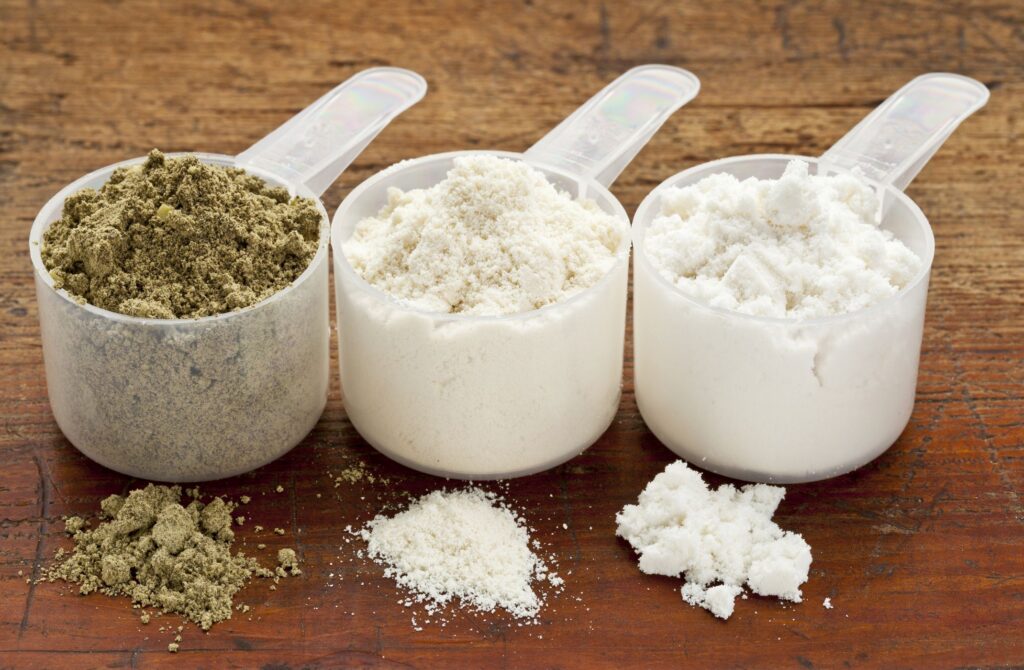Discover the benefits of casein protein powder for muscle recovery, its various types like micellar casein and calcium caseinate, and how it differs from other protein powders. Learn when and how to consume it. This article delves into the intricacies of this protein powder, exploring its various types, benefits, usage scenarios, and potential drawbacks. Whether you’re a fitness enthusiast or someone looking to enhance their protein intake, this comprehensive guide will provide you with the information you need.
What is Casein Protein Powder?
Casein protein powder is a dietary supplement derived from milk. It contains a high concentration of casein, a slow-digesting protein that offers a steady release of amino acids into the bloodstream over an extended period. This makes casein protein powder an excellent choice for supporting muscle recovery, growth, and overall protein intake.

Benefits of Casein Protein Powder
Casein protein powder offers a range of benefits:
- Muscle Recovery: Due to its slow digestion rate, casein provides a sustained release of amino acids, aiding in muscle recovery and preventing muscle breakdown, especially during periods of fasting, such as overnight.
- Satiety: Casein’s slow digestion can help keep you feeling full for longer, making it a potential tool for weight management.
- Micronutrient Content: Lactalbumin protein powder is a good source of essential amino acids and contains minerals like calcium, which support bone health.
- Anti-Catabolic: Casein’s slow release of amino acids can help prevent the breakdown of muscle tissue, making it a valuable addition to a well-rounded fitness regimen.
Types of Casein Protein Powder
Micellar Casein
Micellar casein is the most common form of lactalbumin protein powder. It’s minimally processed and contains micelles, which are small protein structures that release amino acids slowly. This gradual release makes micellar casein an ideal option for a sustained protein source, such as before bedtime.
Casein Hydrolysate
Casein hydrolysate is pre-digested, meaning it’s broken down into smaller peptides that are absorbed more rapidly than micellar casein. It’s a suitable choice for individuals who want a faster source of protein after a workout or to support recovery.
Calcium Caseinate
Calcium caseinate is produced by treating casein with calcium. This product provides a steady release of amino acids, comparable to micellar casein. Additionally, it provides a good dose of calcium, which supports bone health.

How Does Casein Protein Powder Work?
Digestion and Absorption
Unlike whey protein, which is rapidly absorbed, lactalbumin protein powder forms a gel-like substance in the stomach, slowing down its digestion. This gradual breakdown leads to a steady release of amino acids, providing a sustained source of nutrients for muscle repair and growth.
Slow-Release Protein
The slow-release nature of lactalbumin protein powder makes it particularly effective when consumed before long periods of fasting, such as sleep. This prevents the body from going into a catabolic state and supports muscle preservation.
Aiding Muscle Recovery
The amino acids released from this protein powder aid in repairing muscle tissue damaged during exercise. This makes it an ideal choice for post-workout recovery, especially when combined with other nutrients like carbohydrates.
When to Consume Casein Protein Powder
Pre-Bedtime
Consuming lactalbumin protein powder before bed ensures a sustained release of amino acids during the night, preventing muscle breakdown and supporting recovery while you sleep.
Between Meals
When used as a between-meal snack, protein powder can help curb hunger due to its slow digestion, keeping you satiated until your next meal.
Post-Workout
While not as rapidly absorbed as whey protein, casein can still contribute to post-workout recovery when combined with carbohydrates and other nutrients. It provides a steady influx of amino acids to aid muscle repair.

Incorporating Casein Protein Powder
Smoothies
Adding lactalbumin protein powder to your smoothies enhances their protein content and provides a creamy texture. Combine it with fruits, vegetables, and healthy fats for a balanced meal or snack.
Recipes
Casein protein powder can be incorporated into various recipes, such as protein pancakes, protein bars, and protein-infused oatmeal. This allows you to enjoy its benefits while indulging in delicious and nutritious treats.
Baking
Enhance the protein content of your baked goods by substituting a portion of flour with lactalbumin protein powder. This works well for muffins, cookies, and other baked treats.
Casein Protein Powder vs. Other Protein Powders
Whey Protein
Unlike casein, whey protein is rapidly absorbed, making it an ideal choice for post-workout recovery when your body requires quick protein replenishment.
Plant-Based Protein
Plant-based protein powders, such as pea, rice, or hemp protein, are suitable options for individuals with dairy allergies or those following a vegan diet.
Egg White Protein
Egg white protein offers a complete amino acid profile and is low in fat and carbohydrates. It’s a versatile option for various dietary preferences.
Potential Drawbacks of Casein Protein Powder
Dairy Allergies
Individuals with dairy allergies should avoid lactalbumin protein powder, as it’s derived from milk and may trigger allergic reactions.
Lactose Intolerance
While casein protein powders typically contain less lactose than whole milk, individuals with lactose intolerance should exercise caution and opt for lactose-free options.
Leucine Content
Compared to whey protein, lactalbumin protein powder has a lower leucine content, an essential amino acid that plays a key role in muscle protein synthesis.
Conclusion
Incorporating this protein powder into your diet can be a strategic move for enhancing muscle recovery, supporting weight management, and meeting your protein intake goals. With its unique slow-release properties and various forms available, you can customize your supplementation according to your needs and preferences. Remember to consider any allergies or dietary restrictions before adding casein protein powder to your routine. Embrace the power of this slow-digesting protein and take a step closer to your fitness objectives.
Frequently Ask Questions
Q: Is Casein Protein Powder Lactose-Free?
A: No, casein protein powder may still contain traces of lactose, although the amount is generally minimal.
Q: Can Casein Powder Replace Meals?
A: While lactalbumin protein powder can help control hunger due to its slow digestion, it’s not recommended to replace balanced meals with it.
Q: Is Casein Powder Safe for Children?
A: In most cases, lactalbumin protein powder is safe for children. However, consulting a pediatrician before introducing any supplements is advisable.
Q: Does Casein Protein Aid in Weight Loss?
A: lactalbumin protein powder’s slow digestion can help with satiety and weight management, but it’s not a standalone solution for weight loss.
Q: How to Choose the Right Casein Powder?
A: Consider factors like your dietary preferences, fitness goals, and any allergies when selecting a casein protein powder.







